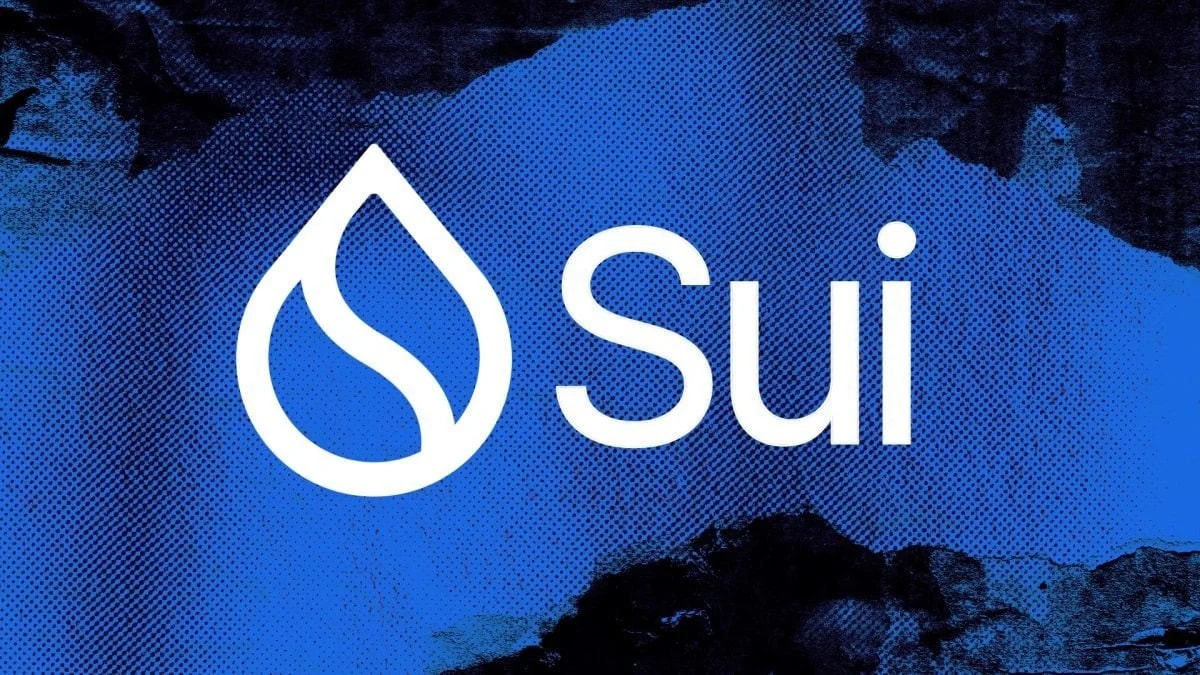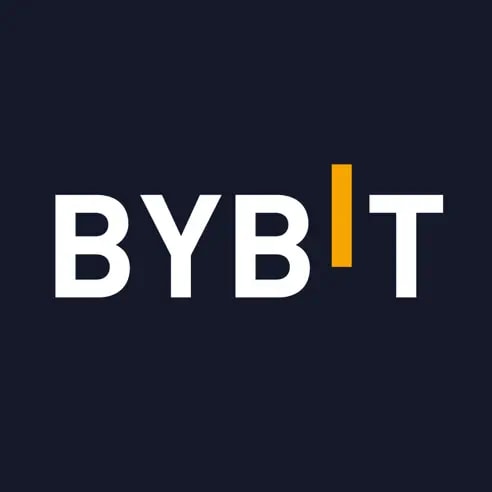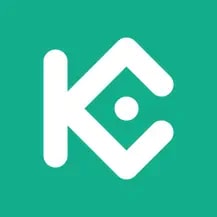n the fast-paced and ever-evolving world of technology, new blockchain networks and tokens emerge regularly. One such intriguing newcomer is Sui Blockchain, a layer 1 blockchain network developed by Mysten Labs. Sui Blockchain aims to revolutionize the Web3 infrastructure and address key challenges such as scalability, security, and gas fees. In this article, we'll delve into the details of Sui Blockchain and explore its unique features and objectives.

What is the SUI Blockchain?
Sui Blockchain is a permissionless, Proof-of-Stake (PoS) powered layer 1 blockchain network. Its primary goal is to provide instant settlement and high throughput, enabling the development of next-generation decentralized applications that cater to the expected influx of Web3 users. Backed by Mysten Labs, a Web3 infrastructure organization founded by former senior executives at Meta's Novi Research, Sui Blockchain aims to eliminate intermediaries and facilitate seamless integration across applications.
The History of SUI Blockchain
The SUI blockchain was launched in May 2023 after an incentivized testnet phase. Developed by Mysten Labs, a company led by former senior executives from Meta's digital wallet program, Novi, SUI has gained significant attention and backing from venture capitalists. Mysten Labs raised $300 million in a Series B funding round, with support from Circle, Binance Labs, Lightspeed Venture Partners, a16z, and NCSoft.
The SUI Foundation, an independent organization, supports the community and its projects. Its mission is to onboard the next billion users to web3 by promoting the global adoption of the SUI blockchain. At launch, the SUI Foundation partnered with centralized exchanges like Kucoin, OKX, and Bybit to sell tokens to their Discord community and exchange users. Binance users also staked over $4 billion worth of crypto tokens to farm SUI tokens.
The SUI Token
The SUI token is the native token of the SUI Blockchain. The SUI token plays a crucial role within the Sui Blockchain ecosystem and offers several key functions:
- Staking and Participation: SUI token holders can stake their tokens and participate in the Proof-of-Stake consensus mechanism, contributing to the network's security and integrity.
- Gas Fees: SUI tokens are used to pay for gas fees associated with transactions and other operations on the Sui Blockchain.
- Medium of Exchange: SUI functions as a means of exchange within the Sui ecosystem, facilitating transactions and value transfer.
- Governance Rights: SUI token holders have the privilege of participating in on-chain voting and influencing the future direction of the Sui Blockchain.
The SUI token has a total supply of 10 billion tokens, with around 1.1 billion (11%) currently in circulation. The tokenomics distribution includes allocations for the SUI Foundation, early contributors, seed funding, Mysten Labs Treasury, and the Community Access Program.
Approximately 8.24 billion SUI tokens, 82.4% of the total supply, are staked within the network. Staking tokens promotes consensus and rewards.
As of 19th January 2024, the SUI token is trading at $1.12, showing a 15.05% increase in value over the past 24 hours. It has a market capitalization of $1,233,194,988, placing it at the 56th position in the cryptocurrency market.
How Does Sui Blockchain Work?
Components
Sui Blockchain consists of three main components:
- Objects: Sui Blockchain implements programmable objects, also known as Move-enabled smart contracts. These objects are divided into two categories: mutable data values and immutable packages.
- Transactions: Any modifications or updates to the Sui Blockchain ledger are described by transactions, which enable the execution of various operations.
- Validators: Independent validators play a crucial role in managing the Sui network. Each validator runs a unique instance of the Sui software on a separate machine, contributing to the network's security and consensus mechanism.
Move Language
Sui Blockchain adopts the Move programming language, which is based on the widely supported Rust programming language. The Move language addresses the limitations of Solidity, the programming language used in Ethereum, and provides enhanced security and reliability. It facilitates secure operations on digital assets and represents a shift from account-based storage to programmable objects.
Delegated Proof-of-Stake Consensus (DPoS)
SUI achieves consensus through a delegated proof-of-stake mechanism. In the DPoS system, a fixed set of validators process transactions within each epoch (24 hours). SUI token holders select validators based on their stake in the network. Validators receive staking rewards in SUI coins for operating and securing the network. The rewards are distributed to coin holders who delegated their stake to that validator, minus a small commission fee.
Currently, the SUI network operates with only 100 validators, ensuring faster transaction processing and higher efficiency. However, this also introduces a higher vulnerability to 51% of attacks. To mitigate this risk, SUI operates with 2,000 full nodes, enhancing network decentralization.
Key Features of Sui Blockchain
- Parallel Execution: Unlike traditional blockchain networks, Sui Blockchain leverages parallel execution, allowing multiple transactions to be processed simultaneously. This parallel transaction execution system enables Sui to handle an impressive volume of transactions per second, potentially reaching up to 120,000 TPS (transactions per second).
- Stable Gas Fees: Sui Blockchain tackles the issue of fluctuating gas fees by implementing epochs. Instead of experiencing minute-by-minute fee fluctuations, gas fees on Sui Blockchain remain stable over 24 hours. Users can delegate their stakes to validators, increasing their voting power and receiving a share of the fees.
- Improved Web3 Features: Sui Blockchain aims to enhance the user experience for Web3 applications. With the Sui SDK (Software Development Kit), software engineers can create decentralized applications (DApps) and other Web3 projects with improved user experience. The Sui SDK supports various features, including on-chain decentralized finance (DeFi) and traditional finance primitives, reward and loyalty programs, complex games and business logic, asset tokenization services, decentralized social media networks, and upgradable non-fungible tokens (NFTs).
Sui Recent History
Sui network has made remarkable progress and accomplished impressive feats since its launch. These are some of the main highlights:
- August 2022: Sui launches its testnet with incentives.
- April 20, 2023: Sui conducts its ICO.
- May 3, 2023: Sui’s mainnet becomes operational.
- June 2023: Sui’s token is listed on various exchanges, such as OKX, Kucoin, Bybit, and Binance.
- July 2023: Sui exceeds $100 million in USDC bridged, securing its place among the leading DeFi protocols globally.
- August 2023: Sui attains 1 million active addresses in two months after its mainnet launch.
- September 2023: Sui achieves remarkable growth milestones, with nine million accounts activated on the network.
- November 2023: Sui demonstrates its unparalleled scalability, stable gas fees, and outstanding performance in the first 90 days of its mainnet launch.
Additionally, the Sui network has formed strategic partnerships and introduced innovative features to enhance its ecosystem. Notable partnerships include collaborations with leading Web3 security firms OtterSec and Zellic. The network has also introduced zkLogin (ZeroKnowledge Proof login), a user-friendly authentication solution that ensures security and privacy.
The Sui Network is a promising project that aims to address the scalability challenges of blockchain technology. With its innovative features, such as parallel processing, Sui objects, and the Move programming language, the Sui Network has the potential to revolutionize the blockchain industry.
As the Sui Network continues to develop and gain traction, it will be interesting to see how it competes with other blockchain networks and contributes to the broader adoption of cryptocurrencies and decentralized applications.

%20500%20x%20288%20(15).webp)
_%20500%20x%20288%20(15).webp)
_%20500%20x%20288%20(15).webp)
_%20500%20x%20288%20(15).webp)








